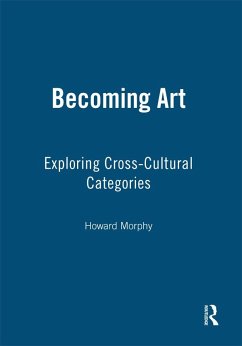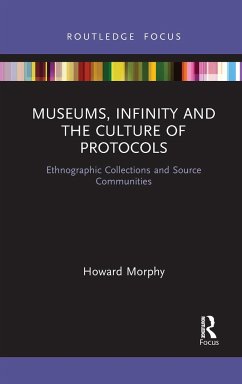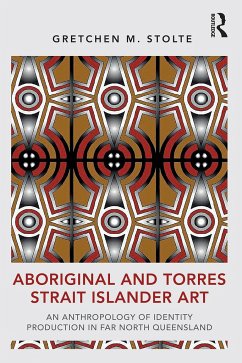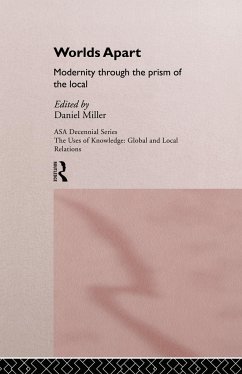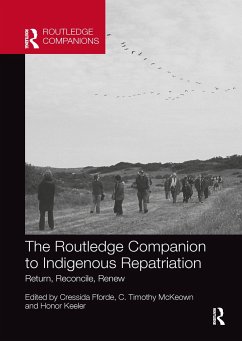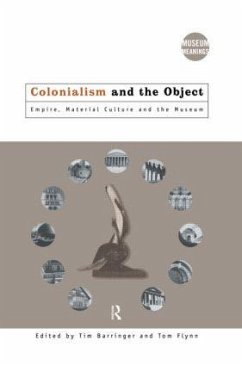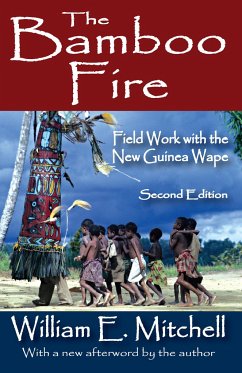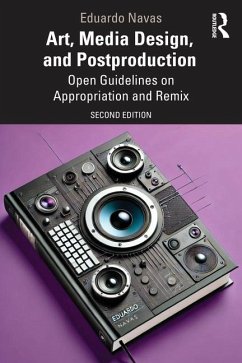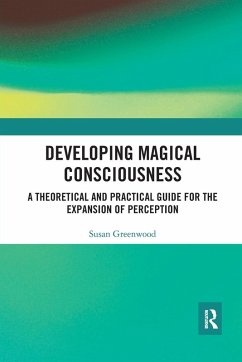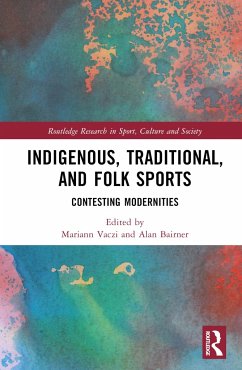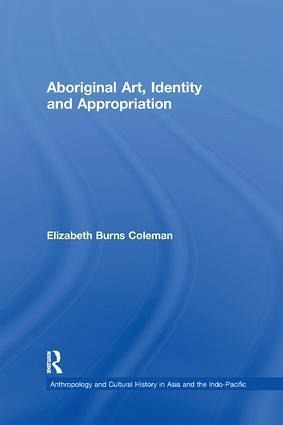
Aboriginal Art, Identity and Appropriation
Versandkostenfrei!
Versandfertig in 6-10 Tagen
59,99 €
inkl. MwSt.
Weitere Ausgaben:

PAYBACK Punkte
30 °P sammeln!
The belief held by Aboriginal people that their art is ultimately related to their identity, and to the continued existence of their culture, has made the protection of indigenous peoples' art a pressing matter in many postcolonial countries. The issue has prompted calls for stronger copyright legislation to protect Aboriginal art. Although this claim is not particular to Australian Aboriginal people, the Australian experience clearly illustrates this debate. In this work, Elizabeth Burns Coleman analyses art from an Australian Aboriginal community to interpret Aboriginal claims about the rela...
The belief held by Aboriginal people that their art is ultimately related to their identity, and to the continued existence of their culture, has made the protection of indigenous peoples' art a pressing matter in many postcolonial countries. The issue has prompted calls for stronger copyright legislation to protect Aboriginal art. Although this claim is not particular to Australian Aboriginal people, the Australian experience clearly illustrates this debate. In this work, Elizabeth Burns Coleman analyses art from an Australian Aboriginal community to interpret Aboriginal claims about the relationship between their art, identity and culture, and how the art should be protected in law. Through her study of Yolngu art, Coleman finds Aboriginal claims to be substantially true. This is an issue equally relevant to North American debates about the appropriation of indigenous art, and the book additionally engages with this literature.





